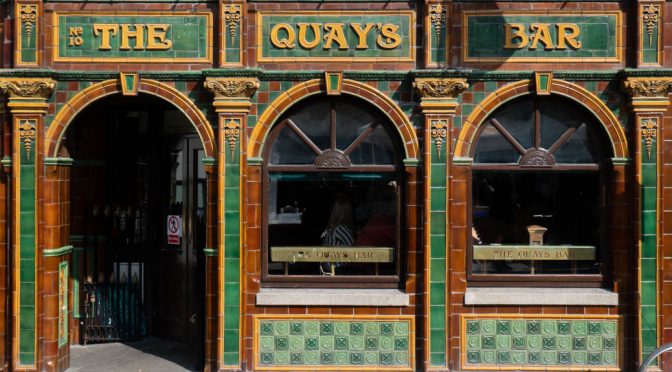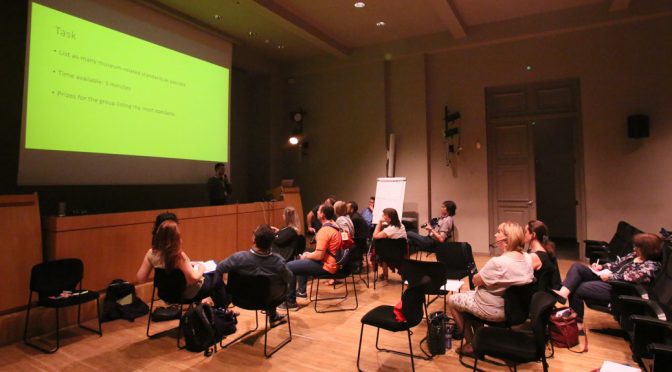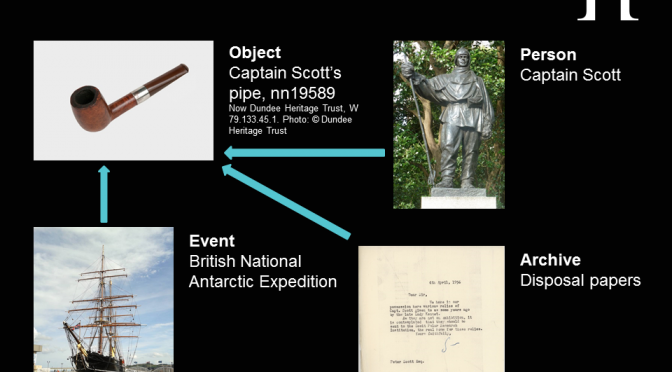We’re coming up to the autumn conference season, and once again I’ll be going to the annual conference of CIDOC, the international committee for documentation that forms part of ICOM, the International Council of Museums – this year it’s in Heraklion, in Crete. Before the conference proper, I’ll be running a workshop on Sunday 30 September, along with colleagues from CIDOC’s Documentation Standards Working Group, for developers of digital collections management systems, focussed on the development of ‘EODEM’, an Exhibition Object Digital Exchange Mechanism.
We plan to kick off the development of a mechanism that lets users of different collections management systems share as easily as possible the information about their objects, and those objects’ requirements, that is needed when objects are lent from one institution to another. The lender should be able to just press a button to share the data, and the borrower just press another to import it into their system. This would eliminate a huge amount of the retyping that goes on when different museums exchange information about objects that they are lending and borrowing.
First, though, we need to identify the information that museums need to share. We’ll base the core information that identifies and describes the objects themselves on an existing standard, Object ID; but we need to know what information museums needs to share about borrowed objects’ requirements.
And here’s where I hope you can help us: the easiest way to do this will be for us to look at the information different museums request when they borrow objects. This is often requested using a ‘loan object information request form’, which the lending museum is asked to fill in for each object, giving its environmental needs, minimum security levels, etc. We’d like you to send us a copy of your museum’s ‘loan object information request form’ (blank, of course: we really don’t need sensitive individual object information, just the empty form so we can understand what you need to know). Drop me a line in the comments box at the foot of this page, and I’ll email you an address you can send the form to.
Once we have the forms, my colleagues and I will collate them all, draw up a list of the different pieces of information museums are asking for, and pass it to the system developers to incorporate into EODEM.
If all goes according to plan, future generations of registrars, exhibition organisers, and documentation staff will be forever in your debt!



